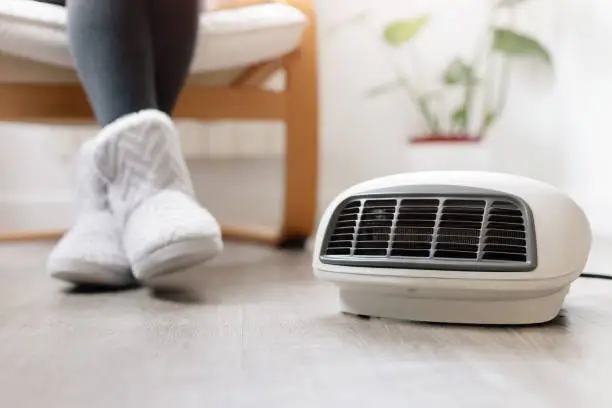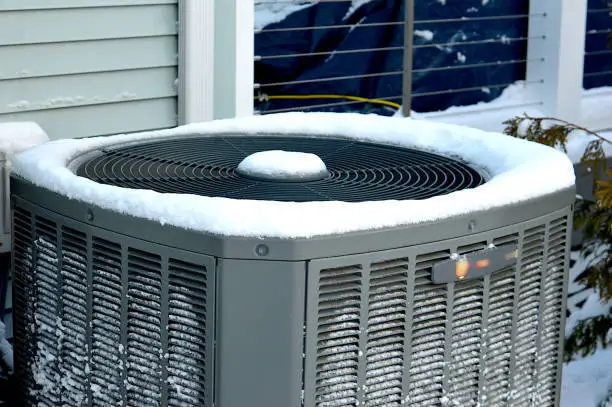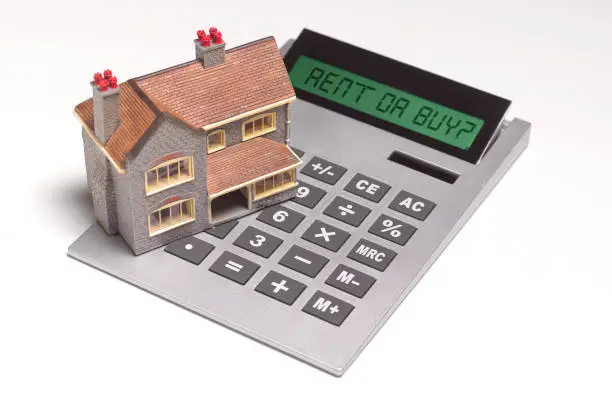
Table of Contents
- Why Heat Pump Is Your Best Heating Solution in 2023?
- Is My Home Suitable For a Heat Pump Installation?
- Can Heat Pumps be Installed in Old Houses?
- Integrating an Air Source Heat Pump with Your Existing System
- Before the Heat Pump Installation: Planning and Preparation
- How to Install a Heat Pump in Your Existing Home?
- Conclusion
Dreaming of a home where warmth and comfort meet efficiency? If you’re contemplating the upgrade to the pinnacle of energy-efficient heating – the heat pump – but find yourself wondering, “Can I seamlessly integrate it into my existing home?” you’re in the right place. In this comprehensive guide, we’ll unravel the considerations about integrating the heat pump system in your existing home and provide you with meticulous instructions from our HVAC experts.
Why Heat Pump Is Your Best Heating Solution in 2023?
In recent years, there has been a significant surge in the adoption of heat pumps in Canada, eclipsing the use of traditional gas or oil boilers in homes. The paradigm shift towards heat pumps can be attributed to their unparalleled efficiency and environmental consciousness. Unlike conventional heating systems, heat pumps operate by transferring heat rather than generating it, making them a sustainable and cost-effective solution for modern homeowners. In 2023, the compelling advantages of heat pumps position them as the forefront choice for those seeking an optimal balance between comfort, efficiency, and environmental responsibility.
Check out our comprehensive heat pumps in Canada guide via the link below.
https://thehvacservice.ca/everything-you-need-to-know-about-heat-pumps-in-canada/
Is My Home Suitable For a Heat Pump Installation?
Heat pumps can find a cozy spot in nearly any home, but let’s talk about some considerations, especially the insulation. For your heat pump efficiency, your home needs to be a fortress against heat escape. Picture it like a warm hug — keeping as much heat inside as possible. If your home is a bit lax on the insulation front, you might end up needing a larger heat pump which means more upfront costs and potentially higher bills down the road.
Another important consideration is the local climate. Heat pumps operate most efficiently in moderate climates, where the temperature differential between indoor and outdoor environments is not extreme. In such conditions, the heat pump’s ability to transfer ambient heat becomes highly effective, providing consistent and efficient heating or cooling as needed.
For tailored advice on preparing your home for a heat pump, consult a skilled heating engineer. They might suggest upgrades like enhancing insulation — think cavity or solid wall insulation, loft insulation, and double glazing. If you’re ready to turn up the heat efficiency and install a heat pump, reach out to HVAC Service Solutions for expert guidance. Your cozy, energy-efficient home is just a message away!
Can Heat Pumps be Installed in Old Houses?
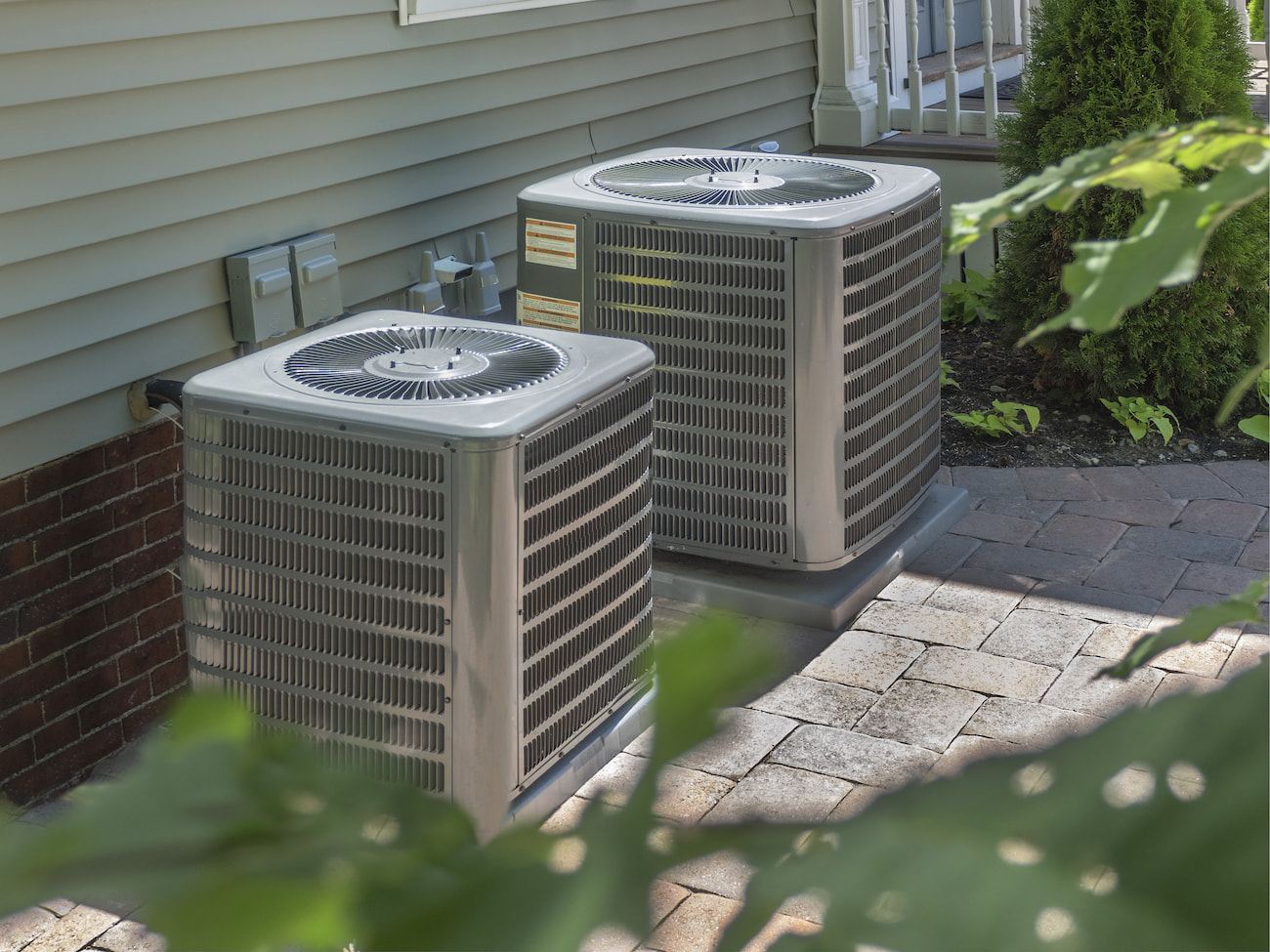
Our answer is – absolutely! Heat pumps are versatile enough to find a comfortable home in older residences. While the installation process might involve some adjustments, including potential upgrades to insulation or modifications to existing ductwork, the adaptability of heat pump systems makes them a feasible and efficient heating and cooling solution for houses of any age. The key lies in a thoughtful assessment of the home’s infrastructure, allowing for tailored adjustments to ensure optimal performance and comfort.
Integrating an Air Source Heat Pump with Your Existing System
If the prospect of retrofitting a heat pump into your home is on the horizon, concerns about its compatibility with your current heating devices like radiators and hot water tanks are entirely valid. Radiators, with their relatively small surface area, may pose considerations as they often require a higher temperature output compared to, say, underfloor heating with a more extensive surface area, which aligns well with the efficiency of heat pumps. This decision hinges on whether you opt for simultaneous installation or choose to address it separately. Alternatively, for those seeking to minimize renovation efforts, the installation of larger radiators presents a viable alternative.
It’s noteworthy that heat pumps extend their prowess beyond just heating your living spaces; they also cater to your hot water needs. Your existing hot water tank need not become obsolete; instead, it can serve as a reservoir for warm water as needed. Prior to integration, a thorough check of the tank’s compatibility with a heat pump is advisable to ensure seamless functionality. This thoughtful approach allows for a harmonious coexistence of your current heating infrastructure with the energy-efficient benefits of a heat pump.
Before the Heat Pump Installation: Planning and Preparation
Now that you’ve figured out if the heat pump is the right match for your home, let’s dive into the exciting phase — how to install a heat pump! When gearing up for this transformative journey, a few key considerations can set the stage for success. Below, you can find the instructions from our HVAC technicians on how to prepare for the heat pump installation to ensure a smooth process.
- Space Optimization: Ensure the designated installation area is devoid of obstructions. An uncluttered workspace facilitates the installation process, allowing HVAC professionals to work efficiently.
- Electrical Assessment: Verify the adequacy of your electrical system. A qualified electrician should assess and address any necessary upgrades to accommodate the specific power requirements of the heat pump.
- Permit Verification: Depending on your locale, regulatory permits may be requisite for the installation. Prior to the commencement of work, ascertain compliance with local authorities to streamline the process.
- Strategic Outdoor Unit Placement: In the case of an air-source heat pump, carefully consider the placement of the outdoor unit. Optimal performance is achieved when located strategically with sufficient airflow.
- Ductwork Examination: If your residence incorporates an existing duct system, a thorough evaluation is recommended to ensure compatibility with the heat pump. Modifications may be necessary to facilitate efficient air distribution.
Proper planning and preparation lay the groundwork for a seamless and efficient installation process.
How to Install a Heat Pump in Your Existing Home?
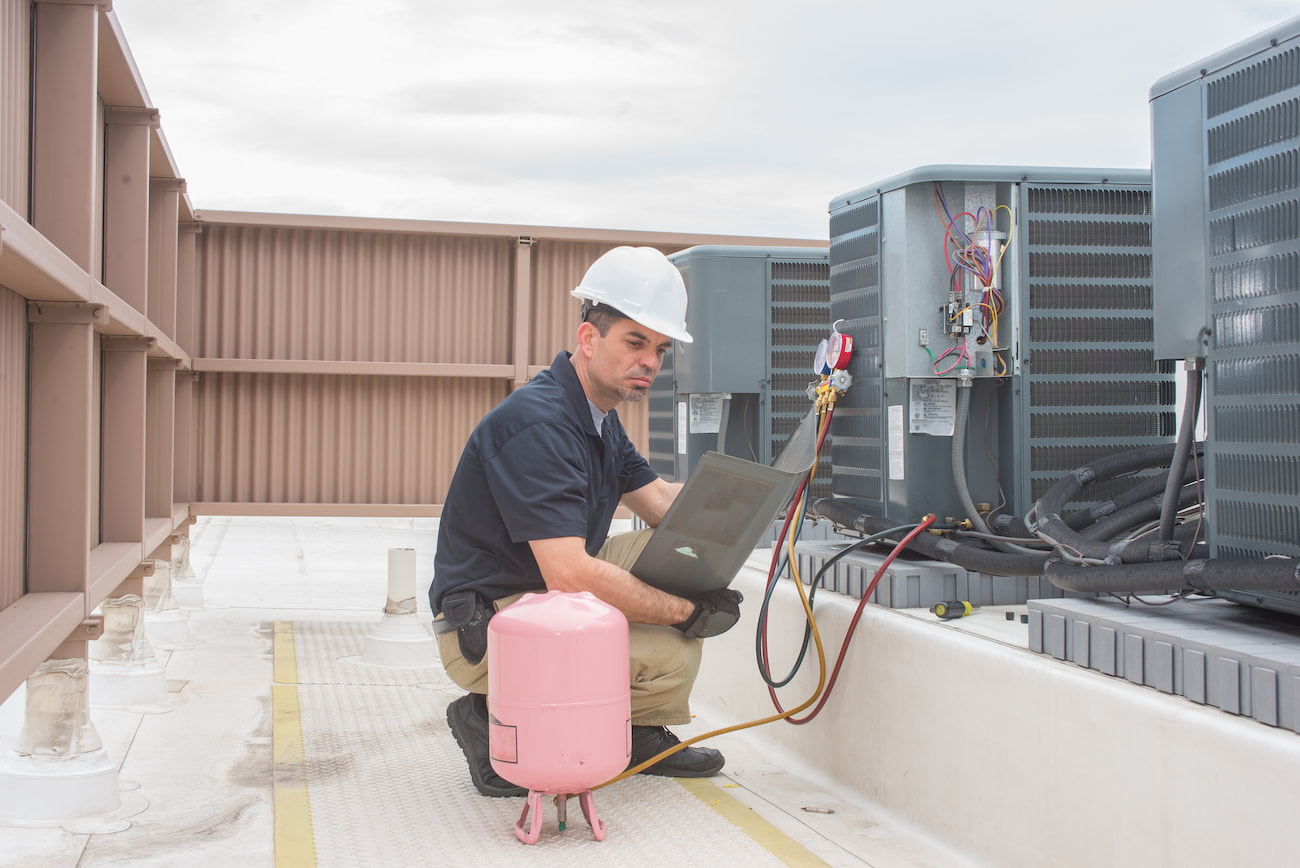
Now that the preparatory steps have laid a solid foundation, let’s progress to the heart of the matter — executing the installation process. Here is the step-by-step guide on how to install a heat pump into your existing HVAC system:
1. Removal of Existing System: Start by safely disconnecting and removing your old system. Turn off the power, disconnect any electrical connections, and carefully uninstall the existing unit. Dispose of it responsibly or, if applicable, consult local disposal guidelines.
2. Site Assessment: Evaluate the outdoor unit’s location. Ensure it has proper ventilation, isn’t obstructed, and meets clearance requirements. For air-source heat pumps, consider shading, exposure to winds, and the overall aesthetics of the chosen spot.
3. Foundation and Mounting: If you’re confident in your DIY skills, create a stable foundation for the outdoor unit. This may involve pouring a concrete pad or installing a mounting structure. Ensure it’s level and secure for optimal performance and longevity.
4. Electrical Connections: Work with a qualified electrician to connect the heat pump to your home’s electrical system. Ensure compliance with safety standards and regulations. This step is crucial for a safe and efficient electrical setup.
5. Refrigerant Lines and Pipework: Precision is key here. Install the refrigerant lines that facilitate heat transfer. Insulate the lines thoroughly to prevent energy loss. Be cautious to avoid any kinks or bends that could impact efficiency.
6. Ductwork Adaptation (if applicable): If your home has existing ductwork, adapt it for the heat pump system. Ensure it aligns with the specifications for optimal airflow. Modify as needed, keeping in mind the importance of efficient air distribution.
7. Indoor Unit Installation: Place the indoor unit strategically. This is where heat exchange occurs. Position it to ensure even heating or cooling throughout your space. Follow manufacturer guidelines for installation, and secure the unit in place.
8. Testing and Calibration: Observe as technicians conduct comprehensive testing. This includes system checks, leak detection, and calibration for optimal performance.
9. Fine-tuning and Optimization: Adjust settings based on your comfort preferences and gain insights into optimizing the heat pump for efficiency. Learn about the system’s capabilities and how to maximize its performance.
10. Documentation and Warranty: Review and keep all documentation provided. This includes warranty information and system specifications. Store these documents in an accessible location for future reference. In case of any queries, reach out to HVAC Service Solutions for ongoing support.
Do you want to save up to $7800 on your new heat pump system? Now, it’s possible with government heat pump rebates in Ontario. Check out how to apply in our previous article via the link below.
https://thehvacservice.ca/government-heat-pump-rebates-in-ontario/
Conclusion
Beyond mere comfort, the energy efficiency and adaptability of heat pumps promise a sustainable and cost-effective approach to heating and cooling. The proper preparation steps and precise installation ensure its optimal performance, making your home a haven of warmth and efficiency.
For a seamless and efficient installation tailored to your home’s unique needs, trust HVAC Service Solutions. Our team of experts is ready to guide you through the process, ensuring your heat pump becomes not just a feature but a cornerstone of comfort and sustainability in your home. Reach out to us for professional heat pump maintenance and installation in Canada via the link below.
Share
















